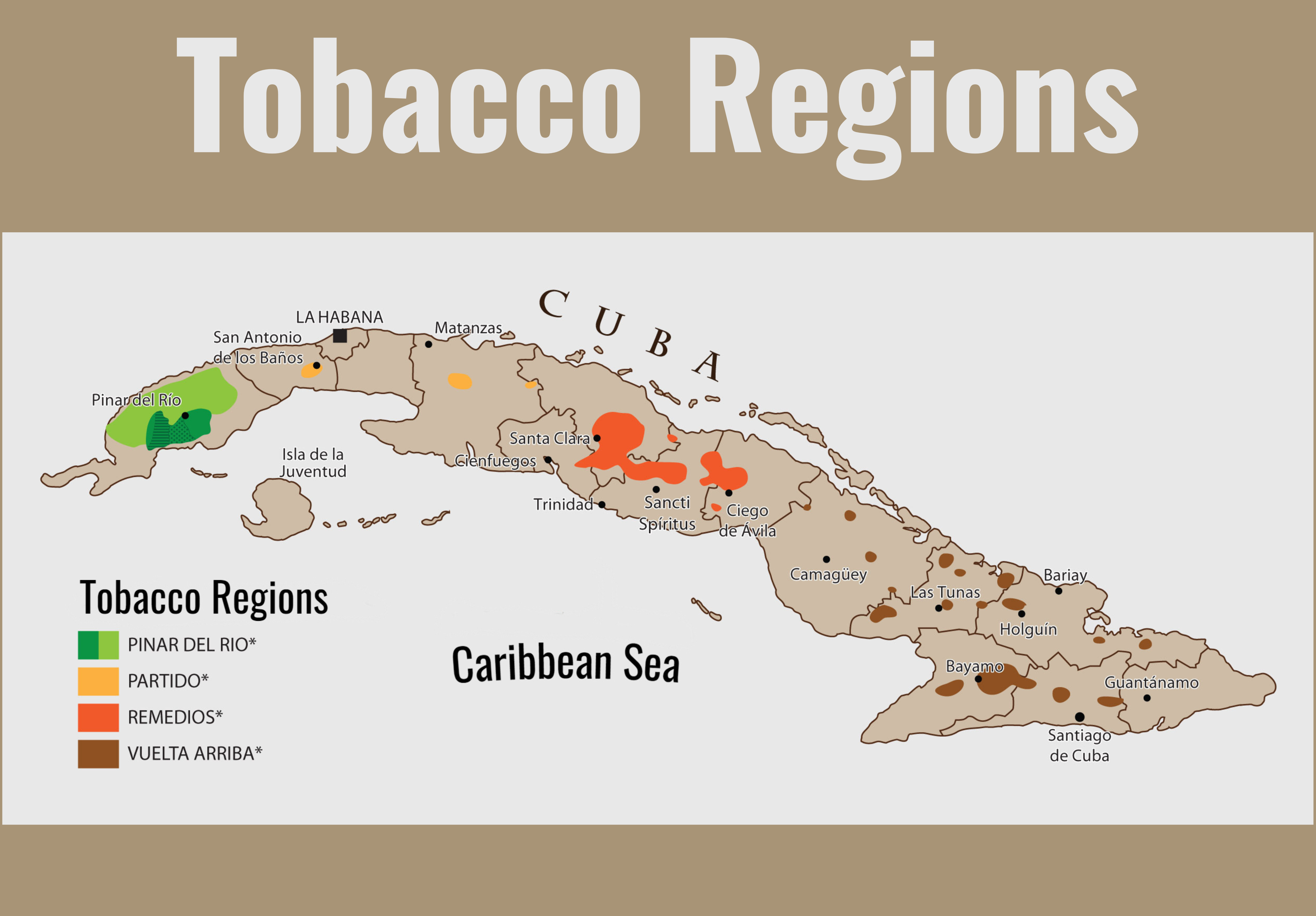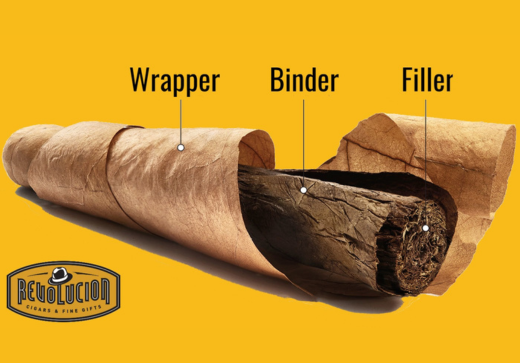Understanding Cigar Anatomy and How Cigars Are Constructed
Smoking a cigar is more than a simple ritual. It is a combination of flavor, aroma, craftsmanship, and the quiet moments that surround it. To appreciate a cigar beyond its surface, it helps to understand its anatomy and how each part shapes the experience. Once you see how a cigar is assembled, every draw feels more intentional.
A cigar is a product of skilled hands. From the foot to the tip, every section is built with purpose. The burn, the draw, and the layers of flavor all come from choices made long before the cigar reaches the smoker. Knowing what each component does brings you closer to the craft itself.
Cigar Anatomy Explained
Each cigar is composed of several main elements, and each one influences the smoke differently:
-
Foot
The end that is lit. A clean, well-prepared foot helps the cigar burn evenly from the start. -
Tip
The end that is cut before smoking. A proper cut supports a smooth draw. -
Wrapper
The outer leaf that determines much of the cigar’s flavor and appearance. Wrappers vary in color, texture, origin, and strength, and they can dramatically change the profile of a cigar. You can explore a wide range of wrapper styles in our premium cigar collection. -
Binder
The leaf beneath the wrapper that holds the filler together. It supports the structure and adds subtle flavor. -
Filler
The blend at the core of the cigar. Different tobacco varieties, arranged with precision, create the strength, aroma, and progression of flavor as you smoke.
Long Filler vs Short Filler
Understanding filler types helps explain why cigars burn and taste the way they do.
Long Filler
- Uses whole tobacco leaves that run the length of the cigar
- Burns slowly and evenly
- Creates a smoother, more consistent flavor progression
- Common in premium, hand-rolled cigars
Short Filler
- Uses smaller pieces of leaf
- Can offer more spontaneous flavor changes
- Often mirrors the taste of long filler blends but with a different burn pattern
What Shapes a Cigar’s Flavor
A cigar’s character comes from more than its leaf type. Several key factors determine flavor, strength, and aroma:
Type of Tobacco Leaf
Different seeds and leaf positions on the plant produce different levels of strength, sweetness, spice, and aroma. Blenders combine these traits to build balance and complexity into the final cigar.
Fermentation
Proper fermentation removes harsh compounds and reveals deeper, more refined flavors. Tobacco that is not well fermented can taste bitter or metallic and may burn unevenly. Well-fermented leaf, by contrast, tends to offer smoother, layered notes.
Tobacco Origin
Soil and climate change everything. The same seed grown in two countries can produce two completely different cigars. This is why tobacco from regions such as Nicaragua, the Dominican Republic, Cuba, Honduras, and Ecuador each has a distinct flavor profile and style.
Why Understanding Cigar Anatomy Matters
When you know how a cigar is built, you start to understand why it behaves the way it does. The flavor shifts make sense. The burn makes sense. The small details feel intentional rather than accidental. It becomes easier to choose cigars that fit what you enjoy and to recognize the craftsmanship behind each blend.
If you want to explore how tobacco transforms from seed to finished cigar, you can read more here: From Seed to Cigar – The Tobacco Leaf’s Journey.
And when you are ready to put this knowledge into practice, you can browse our curated selection of premium cigars and discover blends that match your taste and curiosity.
Every smoker has their own perspective. If there is a part of cigar anatomy that fascinates you, or if you have noticed how different origins influence flavor, share what you have learned along the way. For those who are new to premium cigars, this understanding is a helpful starting point. For those who have been enjoying them for years, it is a reminder of the craft and tradition behind every smoke.
Read more

Davidoff of Geneva USA makes a notable return to the PCA Trade Show in 2024, a key event in the cigar industry calendar. Discover what this means for cigar enthusiasts and the ...

Cuban tobacco is revered worldwide for its exceptional quality, rich flavors, and unmatched aromas. This blog post takes you on a sensory journey through the art of s...



Leave a comment
All comments are moderated before being published.
This site is protected by hCaptcha and the hCaptcha Privacy Policy and Terms of Service apply.